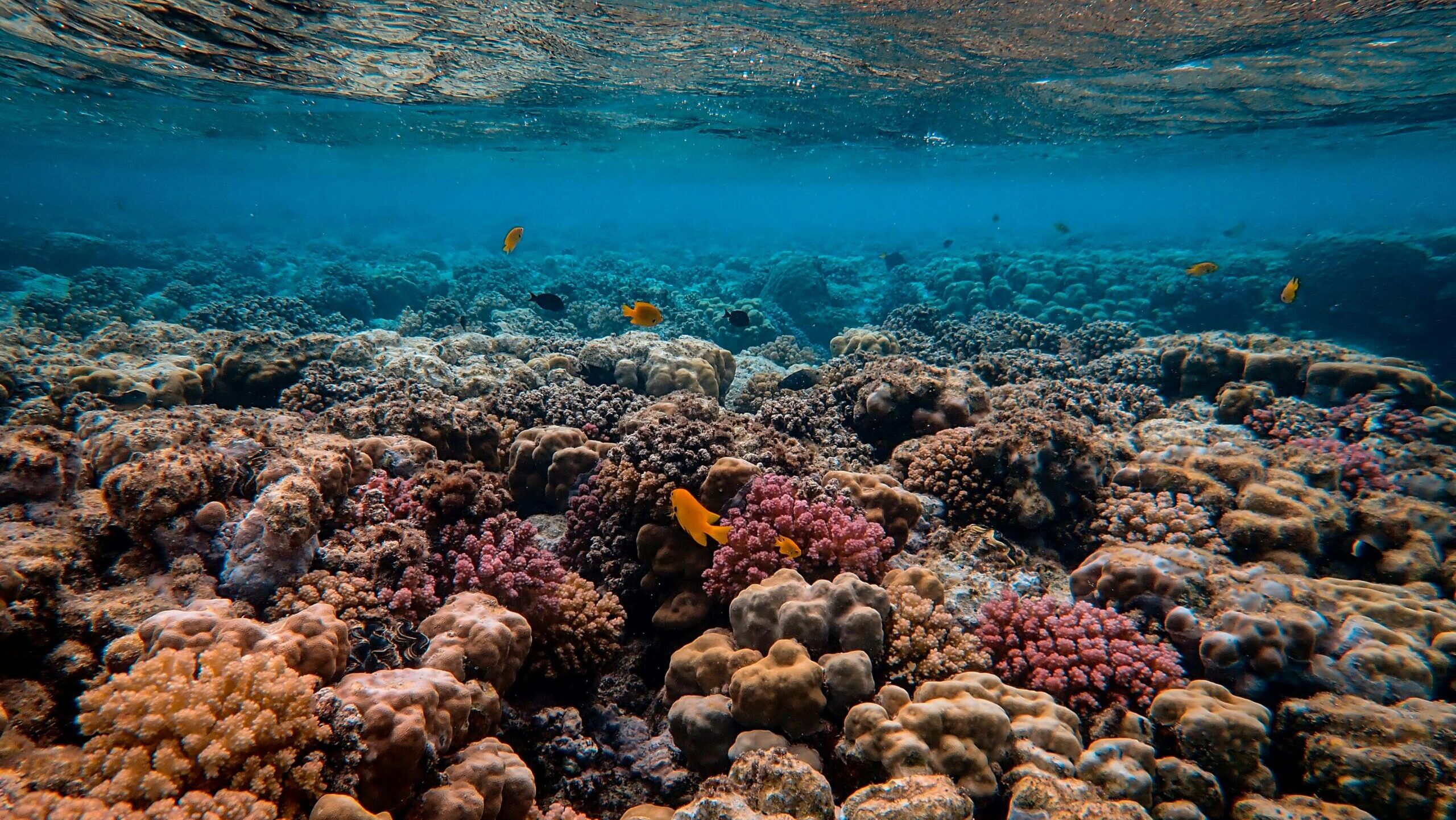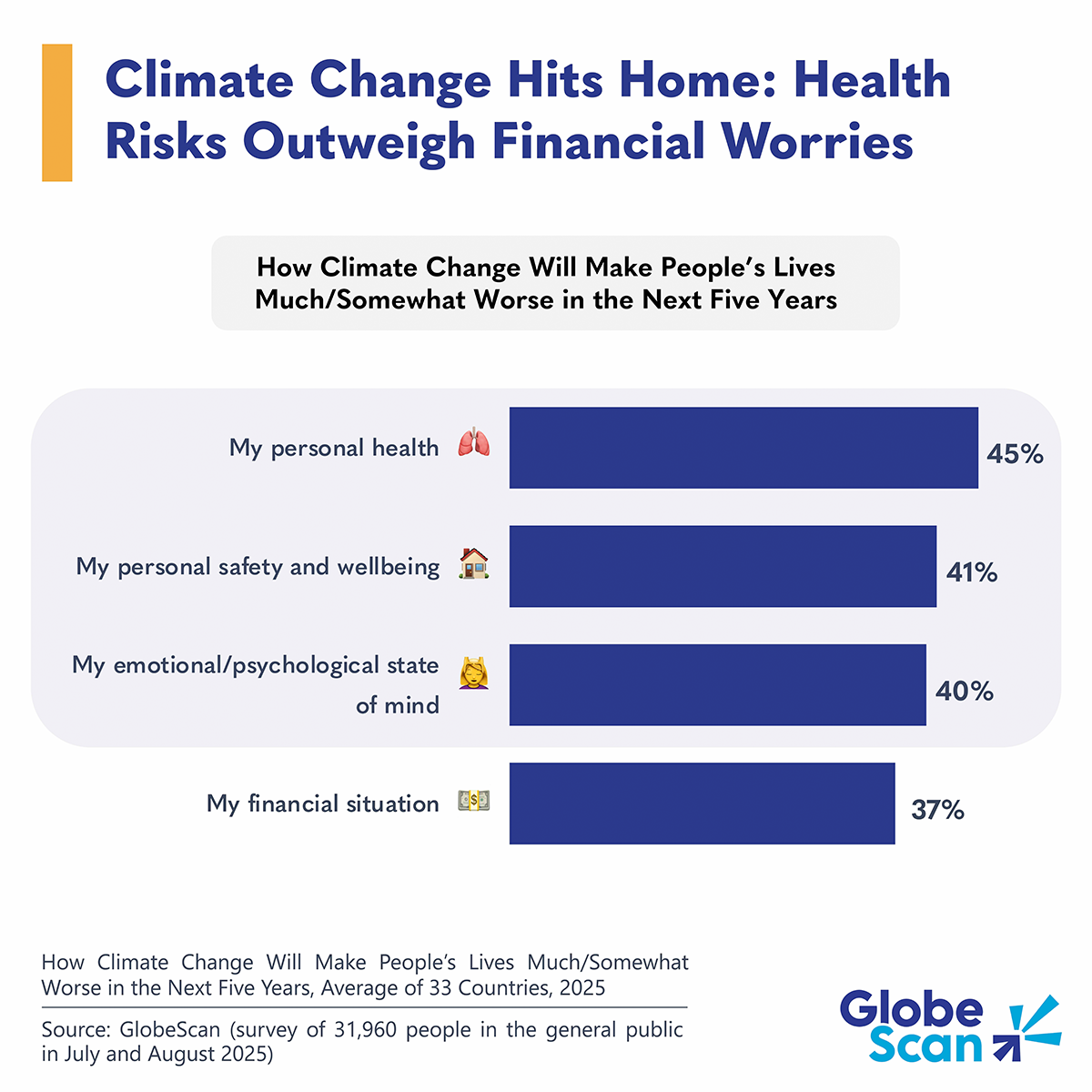Global Climate Tipping Points and Sustainable Development Goals
Executive Summary
A 2025 report on global tipping points indicates that a critical threshold for warm-water coral reefs has been crossed due to rising global temperatures. This event directly undermines Sustainable Development Goal 14 (Life Below Water) and has cascading negative impacts on numerous other SDGs, including those related to climate action, economic growth, and sustainable communities. The report underscores the immediate necessity for accelerated climate action (SDG 13) to mitigate further damage and prevent other Earth systems from reaching similar points of no return. It also identifies potential positive tipping points that could advance progress on the SDGs if leveraged effectively through international cooperation and robust governance.
Critical Failure in SDG 14: The Coral Reef Tipping Point
Current Status of Warm-Water Coral Reefs
The “Global Tipping Points Report 2025” confirms that the estimated tipping point for warm-water coral reefs has been surpassed. This failure to protect marine ecosystems is a significant setback for SDG 14.
- The central estimate for the coral reef tipping point, 1.2°C of global warming, has been crossed.
- Current planetary heating is approximately 1.4°C above preindustrial levels.
- Since 2023, the world has experienced the worst coral bleaching event on record, impacting over 84% of global reefs.
- Reef survival at any meaningful scale requires returning global mean surface temperatures to 1.2°C or lower as rapidly as possible.
Socio-Economic and Environmental Impacts on SDGs
The decline of coral reefs creates a domino effect, jeopardizing the achievement of multiple Sustainable Development Goals.
- SDG 14 (Life Below Water): The unprecedented dieback threatens nearly one million marine species and compromises some of the planet’s most diverse ecosystems.
- SDG 11 (Sustainable Cities and Communities): Coastal communities are exposed to greater risk from storm surges due to the loss of natural reef barriers.
- SDG 2 (Zero Hunger): The loss of fish habitats exacerbates the overfishing crisis, threatening a vital food source for millions.
- SDG 8 (Decent Work and Economic Growth): Thousands of jobs and billions of dollars in annual revenue from reef-based tourism are at risk.
Impending Threats to Global Sustainability Goals
Approaching Earth System Tipping Points
The report warns that several other critical systems are approaching tipping points, which would further impede progress on the 2030 Agenda for Sustainable Development.
- Amazon Rainforest Degradation: Large-scale degradation would weaken global climate regulation and accelerate biodiversity loss, directly impacting SDG 15 (Life on Land).
- Melting of Mountain Glaciers: The continued loss of glaciers threatens freshwater supplies and contributes to sea-level rise, affecting multiple goals.
- Atlantic Meridional Overturning Circulation (AMOC): The potential collapse of this crucial climate-regulating current increases with every increment of global temperature rise, posing a severe threat to SDG 13 (Climate Action).
The Urgency for Climate Action (SDG 13)
Without immediate and substantial cuts to greenhouse gas emissions, the upper temperature threshold for coral reefs will be permanently exceeded, and other tipping points will become unavoidable.
- The 1.5°C global warming threshold is projected to be breached around 2030 based on current trajectories.
- Achieving the targets of the Paris Agreement is essential to prevent unmanageable consequences for both Earth systems and the SDGs.
Pathways to Mitigation: Leveraging Positive Tipping Points for the SDGs
Opportunities for Transformative Change
The report acknowledges the existence of “positive tipping points” that can accelerate the transition to a sustainable future and help achieve the SDGs.
- SDG 7 (Affordable and Clean Energy): The rapid adoption of electric vehicles and solar power, driven by plummeting costs and improving technology, offers a pathway to decarbonization.
- SDG 12 (Responsible Consumption and Production): The widespread implementation of regenerative agricultural practices can enhance food systems and sequester carbon.
- SDG 16 (Peace, Justice and Strong Institutions): The increasing prevalence of climate litigation and nature-positive initiatives creates a self-amplifying effect, encouraging further action and accountability.
Policy and Governance Recommendations for COP30
The report concludes with a call for decisive political leadership and international collaboration, particularly at the upcoming COP30 climate negotiations in Belém, Brazil.
- A new form of governance is required that matches the scale and nature of the tipping points challenge.
- Policymakers are urged to contribute to a “Granary of Solutions” containing scalable and replicable initiatives aligned with the Paris Agreement.
- Achieving these goals necessitates strong political will to connect ambition with implementation, directly supporting SDG 17 (Partnerships for the Goals).
Analysis of Sustainable Development Goals in the Article
1. Which SDGs are addressed or connected to the issues highlighted in the article?
The article highlights several interconnected environmental and social challenges that directly relate to multiple Sustainable Development Goals. The primary focus on climate change and its devastating impact on marine ecosystems brings SDGs 13 and 14 to the forefront. The discussion also extends to terrestrial ecosystems, the need for clean energy, and the importance of global cooperation.
- SDG 13: Climate Action: The entire article is centered on the consequences of failing to take urgent action on climate change, as evidenced by the crossing of climate “tipping points.”
- SDG 14: Life Below Water: The core subject is the “unprecedented dieback” of warm-water coral reefs, a critical issue for marine biodiversity and coastal ecosystems.
- SDG 15: Life on Land: The article explicitly mentions other climate tipping points, including the “large-scale degradation of the Amazon rainforest,” biodiversity loss, and the melting of mountain glaciers.
- SDG 7: Affordable and Clean Energy: The text discusses “positive tipping points,” such as the “transition toward electric vehicle and solar power use” and the dropping price of solar panels, as solutions to mitigate climate change.
- SDG 17: Partnerships for the Goals: The article references the upcoming COP30 climate negotiations, the Paris Agreement, and the call for global leaders to “work together,” emphasizing the need for international cooperation to address the climate crisis.
2. What specific targets under those SDGs can be identified based on the article’s content?
Based on the specific issues discussed, several SDG targets can be identified:
SDG 13: Climate Action
- Target 13.1: Strengthen resilience and adaptive capacity to climate-related hazards and natural disasters. The article’s focus on the impact of warming on coral reefs and coastal communities, which lose their “natural barriers against storm surge,” directly relates to this target.
- Target 13.2: Integrate climate change measures into national policies, strategies and planning. The call for “immediate, significant reductions in fossil fuel emissions” and the reference to the Paris Agreement align with this target.
SDG 14: Life Below Water
- Target 14.2: By 2020, sustainably manage and protect marine and coastal ecosystems to avoid significant adverse impacts, including by strengthening their resilience, and take action for their restoration in order to achieve healthy and productive oceans. The central theme of the article, the “unprecedented dieback” of coral reefs due to warming waters and the need for “improved reef management,” is a direct reflection of this target.
SDG 15: Life on Land
- Target 15.5: Take urgent and significant action to reduce the degradation of natural habitats, halt the loss of biodiversity and, by 2020, protect and prevent the extinction of threatened species. The mention of the “large-scale degradation of the Amazon rainforest” and accelerated “biodiversity loss” connects directly to this target.
SDG 7: Affordable and Clean Energy
- Target 7.2: By 2030, increase substantially the share of renewable energy in the global energy mix. The article highlights the “acceleration in the transition toward electric vehicle and solar power use” as a “positive tipping point” to combat climate change.
SDG 17: Partnerships for the Goals
- Target 17.14: Enhance policy coherence for sustainable development. The need for a “governance that matches the nature of this challenge” and the upcoming COP30 negotiations, which aim to align ambition with implementation, reflect this target.
- Target 17.16: Enhance the Global Partnership for Sustainable Development. The call for global leaders at COP30 to “work together” and the reference to international frameworks like the Paris Agreement underscore the importance of global partnerships.
3. Are there any indicators mentioned or implied in the article that can be used to measure progress towards the identified targets?
The article provides several quantitative and qualitative indicators that can be used to measure the status of the issues and progress towards the identified targets.
Indicators for SDG 13 & 14
- Global Mean Surface Temperature: The article repeatedly uses global temperature rise as a key indicator, citing specific thresholds like “1.2°C,” “1.4°C,” and “1.5°C” above preindustrial levels. This directly measures the driver of the climate crisis.
- Percentage of Coral Reefs Affected by Bleaching: The statistic that “More than 84% of the world’s reefs have been impacted” by the worst bleaching event serves as a direct indicator of the health of marine ecosystems under Target 14.2.
Indicators for SDG 15
- State of Terrestrial Ecosystems: While not providing a number, the article uses descriptive indicators such as “large-scale degradation of the Amazon rainforest” and the “melting of mountain glaciers” to signify the status of these ecosystems.
Indicators for SDG 7
- Rate of Adoption of Renewable Technology: The “acceleration in the transition toward electric vehicle and solar power use” is mentioned as a positive indicator.
- Cost of Renewable Energy: The article provides a specific economic indicator: “Solar PV panels have dropped in price by a quarter for each doubling of their installed capacity,” which measures the increasing viability of clean energy.
Indicators for SDG 17
- International Agreements and Commitments: The reference to the Paris Agreement and the upcoming COP30 negotiations serve as indicators of global partnership and policy coherence in action. The success of these events can be measured by the commitments made by participating countries.
4. Table of SDGs, Targets, and Indicators
| SDGs | Targets | Indicators |
|---|---|---|
| SDG 13: Climate Action | 13.1: Strengthen resilience and adaptive capacity to climate-related hazards. 13.2: Integrate climate change measures into national policies. |
Global mean surface temperature increase (e.g., 1.2°C, 1.4°C, 1.5°C). Reductions in fossil fuel emissions. |
| SDG 14: Life Below Water | 14.2: Sustainably manage and protect marine and coastal ecosystems. | Percentage of coral reefs impacted by bleaching (“More than 84%”). Qualitative state of reefs (“unprecedented dieback”). |
| SDG 15: Life on Land | 15.5: Take urgent action to reduce the degradation of natural habitats and halt biodiversity loss. | Qualitative state of ecosystems (“large-scale degradation of the Amazon rainforest,” “melting of mountain glaciers”). Rate of biodiversity loss. |
| SDG 7: Affordable and Clean Energy | 7.2: Increase substantially the share of renewable energy in the global energy mix. | Rate of adoption of electric vehicles and solar power. Price of solar PV panels (“dropped in price by a quarter for each doubling of their installed capacity”). |
| SDG 17: Partnerships for the Goals | 17.14: Enhance policy coherence for sustainable development. 17.16: Enhance the Global Partnership for Sustainable Development. |
Commitments made under international agreements (Paris Agreement, COP30). Level of international cooperation among global leaders. |
Source: worth.com







